In this article I will cover the eastern part of Central Arad, continuing from the north, going behind the town hall and along the Mureș River, then descending to the southern part in the Bou’ Roșu area, then returning to the Avram Iancu Square. As previously stated, I will show the city as it is, mostly in ruin.
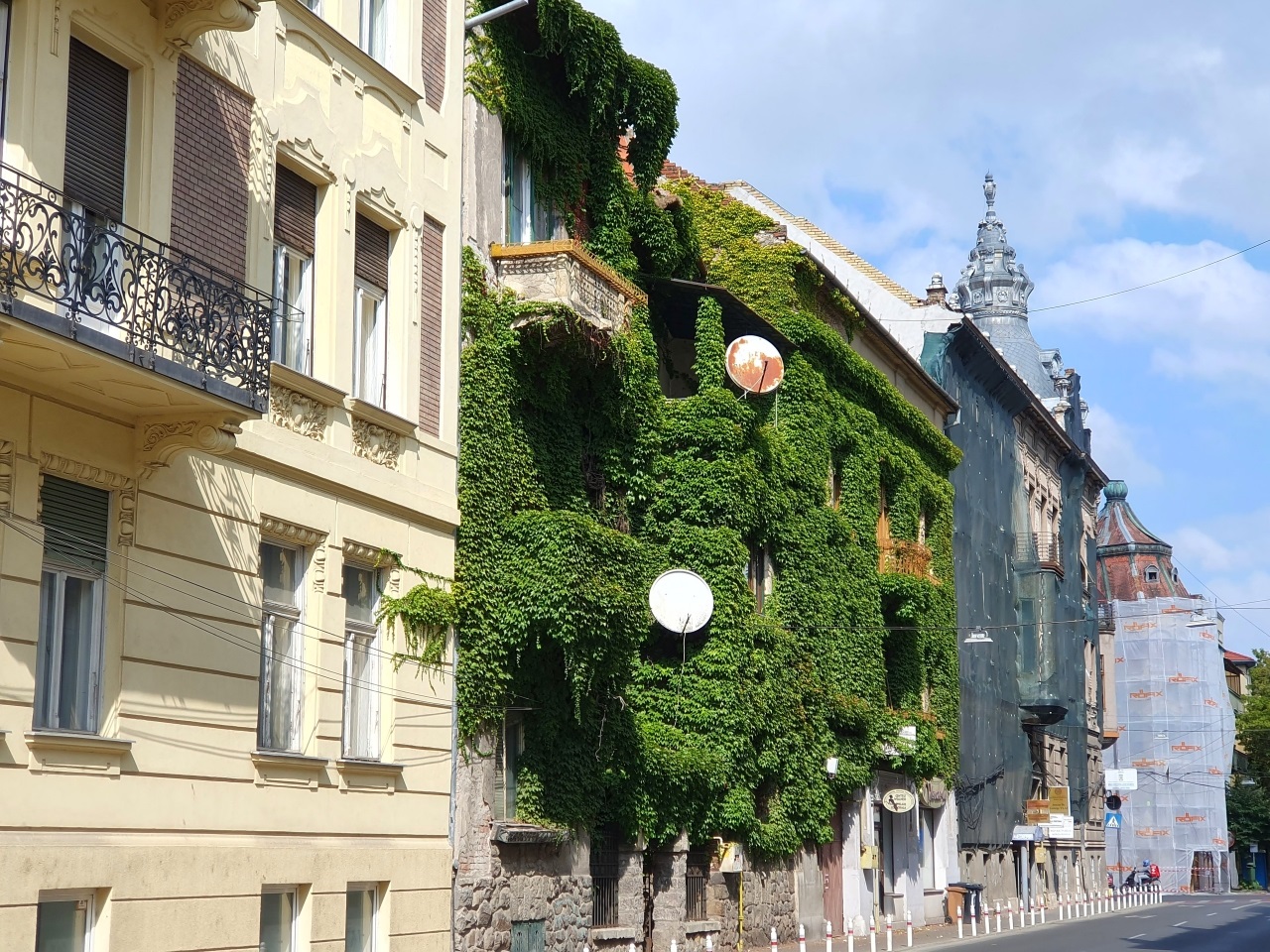
One of the most distinctive houses in Arad is the Ivy House (Casa cu Iederă). Next to it and covered by a net so as to prevent the bricks from falling on the people passing by, is the Kovács Palace, built in 1906 in the Art Nouveau style.

The Ivy House is apparently inhabited but the owners are caught in an endless legal dispute which resulted in ruin. When pride is stronger than reason… Ironically, across the road is the Palace of Justice, built in 1892 in the Neoclassical style, but it was also covered by a net, under (re)construction…

The details are simply fantastic; it’s just like being in the British islands and looking at a local house.
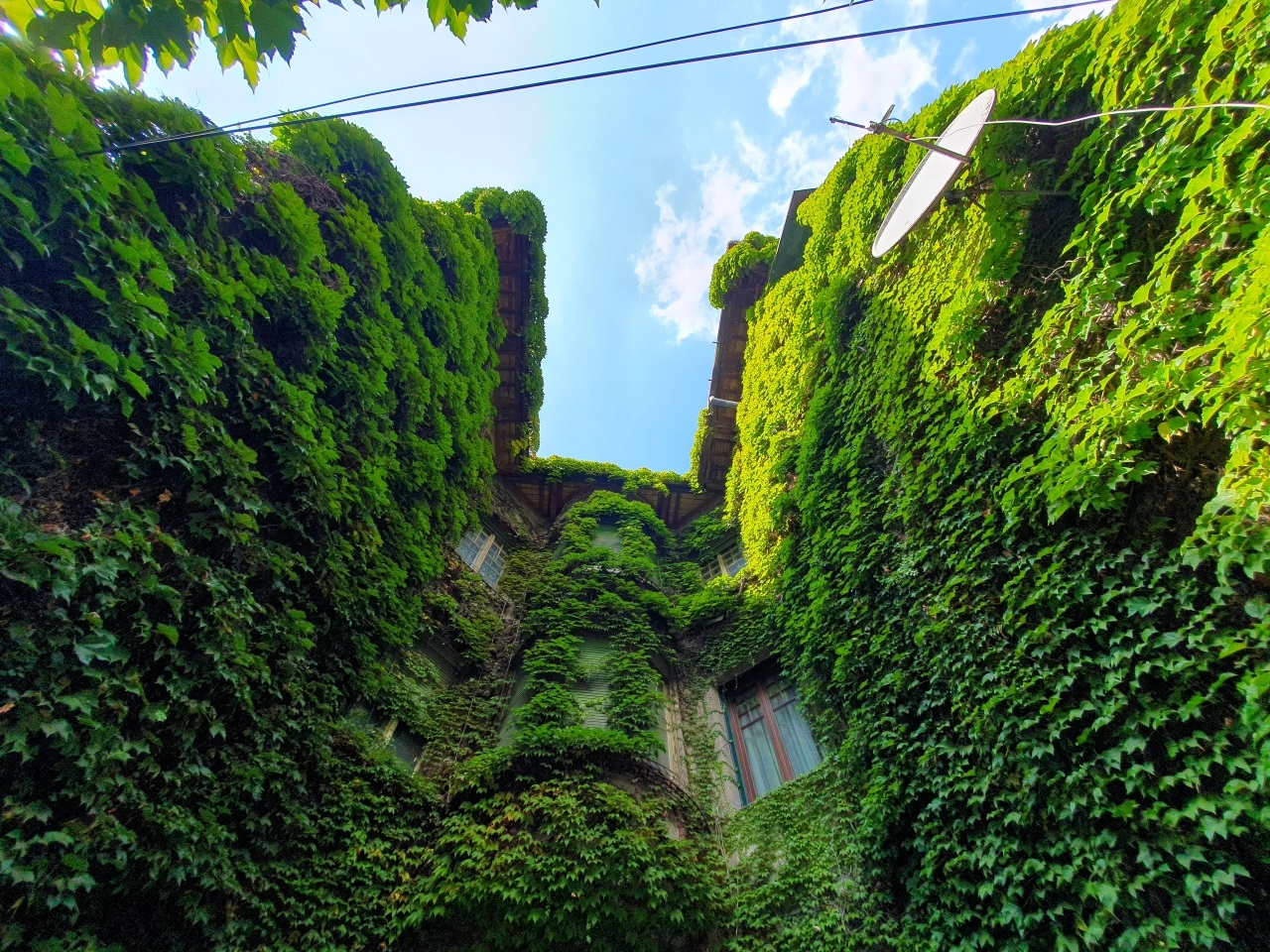
Just look at the feeling!

This is part of the Cenad Palace that also served as office for the Railway Society Headquarters around 1892. Now it’s for sale. I’m not kidding. For those interested, it’s next to Mihai Eminescu Park.

Now, this is the Iron Pedestrian Bridge, over the Mures River. And it has a problem if you look closely.
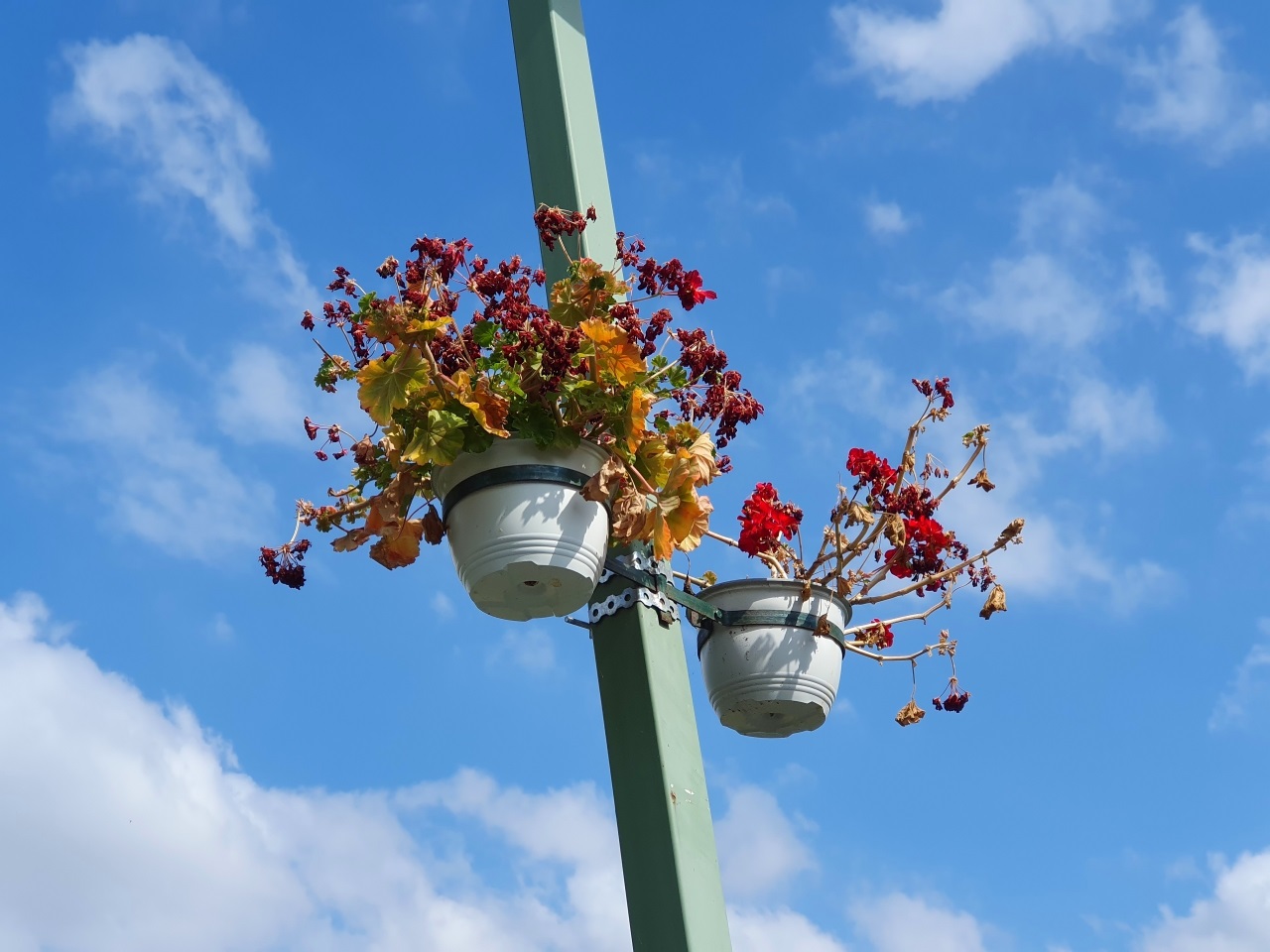
Can you see it? Yes, you’re right, the flowers on the bridge are dying. The city administration has put the flowers on display and then forget to… water them. We are in September, so we can’t blame the heat. It’s about carelessness… Poor flowers!
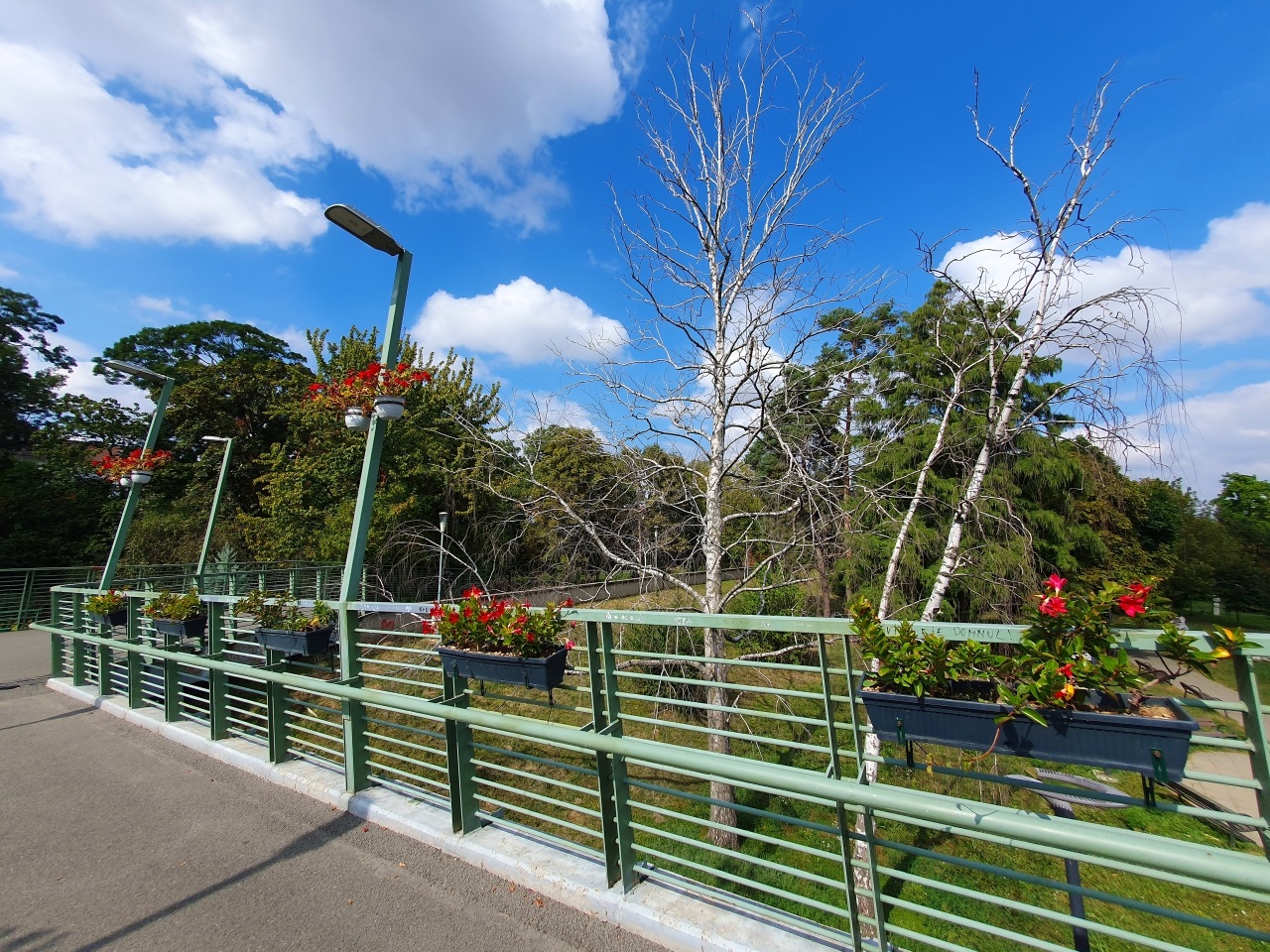
And what about that dry tree which is long gone?! Nobody cared to cut it and replace it with a young living one! It’s from the small details that you can infer the situation in a city… or the situation in any setting, including family life. This is negligence!

Just look at that yellow leaves and the withered plants! This is Arad’s business card! Its brand(ing).

This is the Mures River and somewhere in the background the Neptun Water Park. This is also the only view I could get of Arad Fortress, which is closed to the public because there is an Army military base in it. Very wise indeed…

Looking back to the city center, you can see the tower of the Palace of Culture and the hotel where I stayed.

The Palace of Culture is home to the Arad Museum and the Philharmonic of Arad. It was built in 1911 by the Hungarians and it was also a Relic Museum for the Hungarian War of Independence.

Across the street is the Economical College, the former Academy of Commerce of Arad.
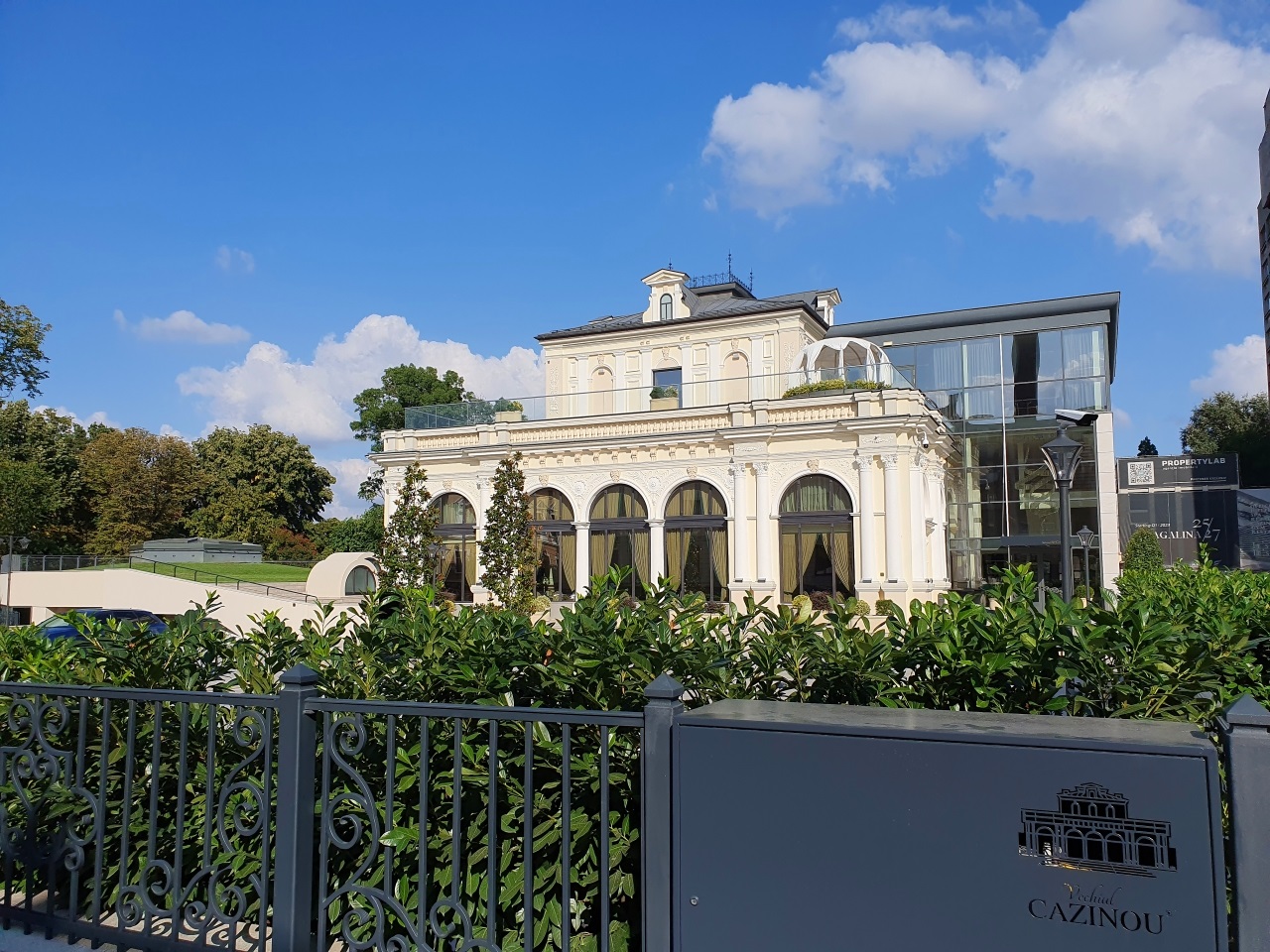
This is the Former Casino, built in 1872 in the neo-Baroque style. And here it’s important to say that I try to obscure some aspects of the city, I avoid to show you the kitsch or the ugly. However, I will make an exception below.

This is actually the complete view of the Casino… The tall building is the Park Hotel… or its remains, more precisely… Do you like Arad?!

These are the Simay Baths building, built in 1884. Public baths now captured by the rich elite of Arad…
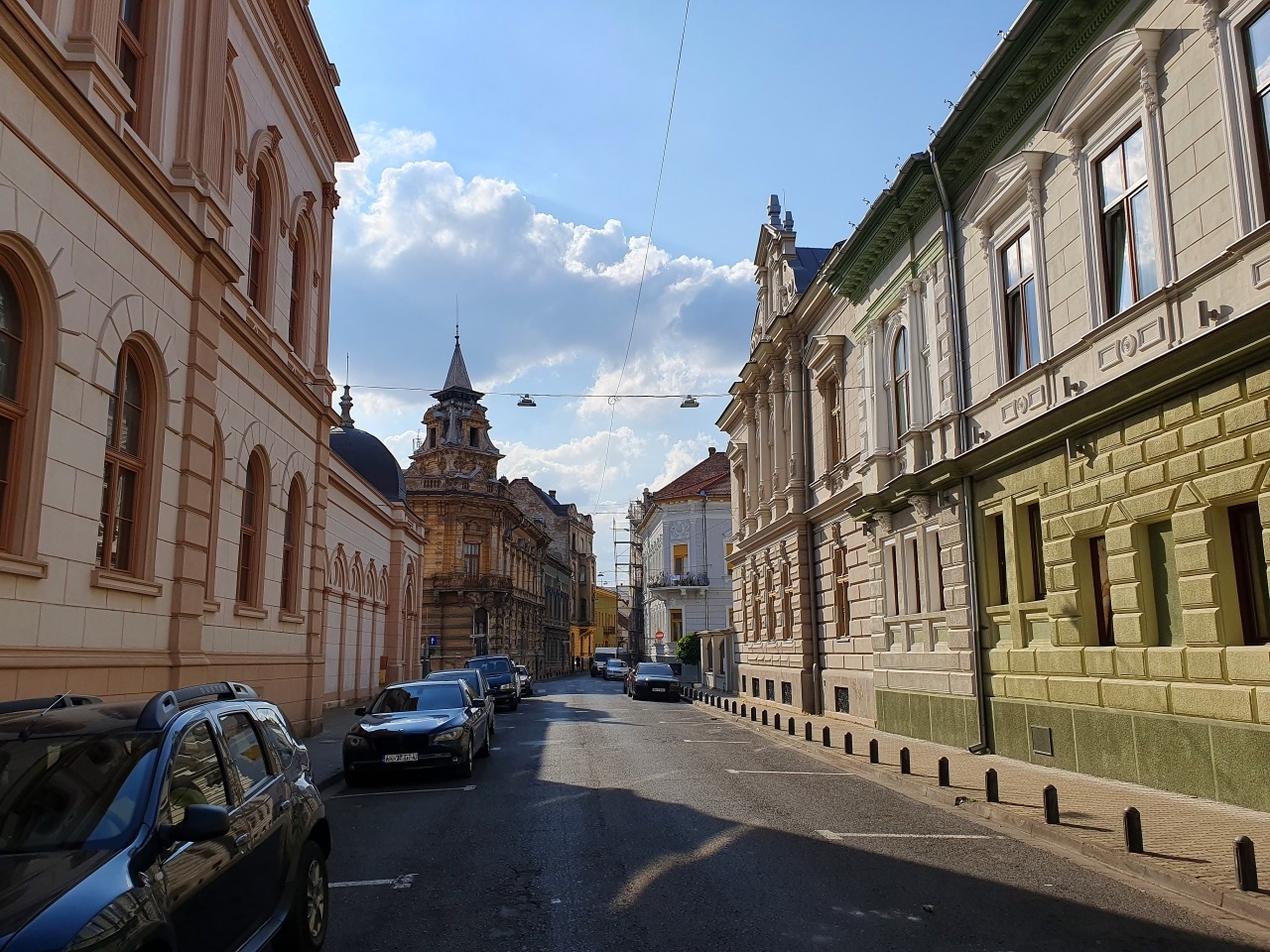
A nice view with the Simay Palace, then Vila Carol, and opposite it’s the Moise Nicoară National College.

The college is actually the former Hungarian Royal State Grammar School, built in 1922.

While walking the streets you may find this building which used to be a bank only 3 years ago, now in ruin. Next to the right is Antrepozit Andrényi. It is now for sale, as you can see. And decaying…

But have a look at the beautiful details on the fronton!

Just another ivy house across the college.
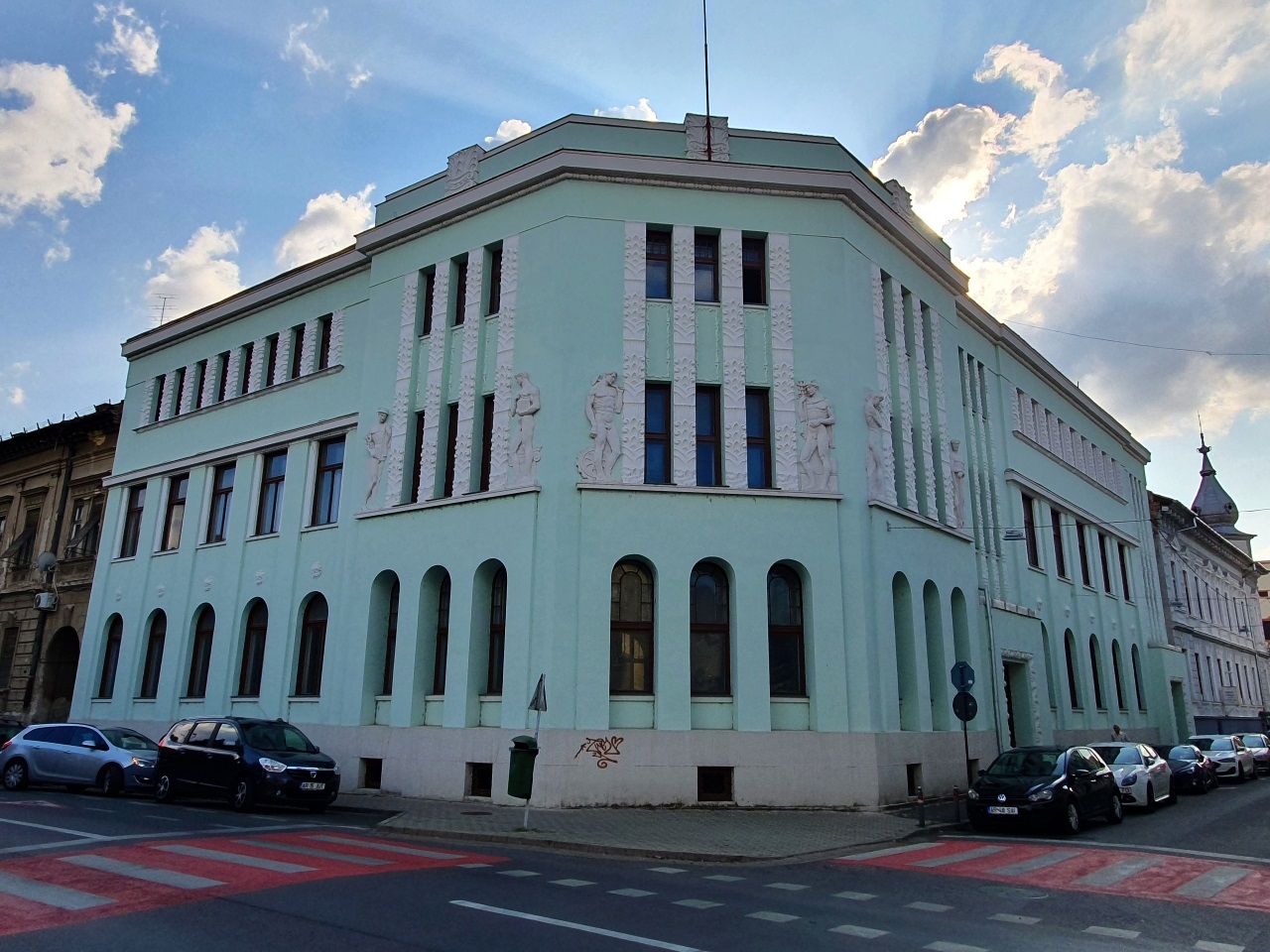
The Chamber of Commerce and Industry of Arad.
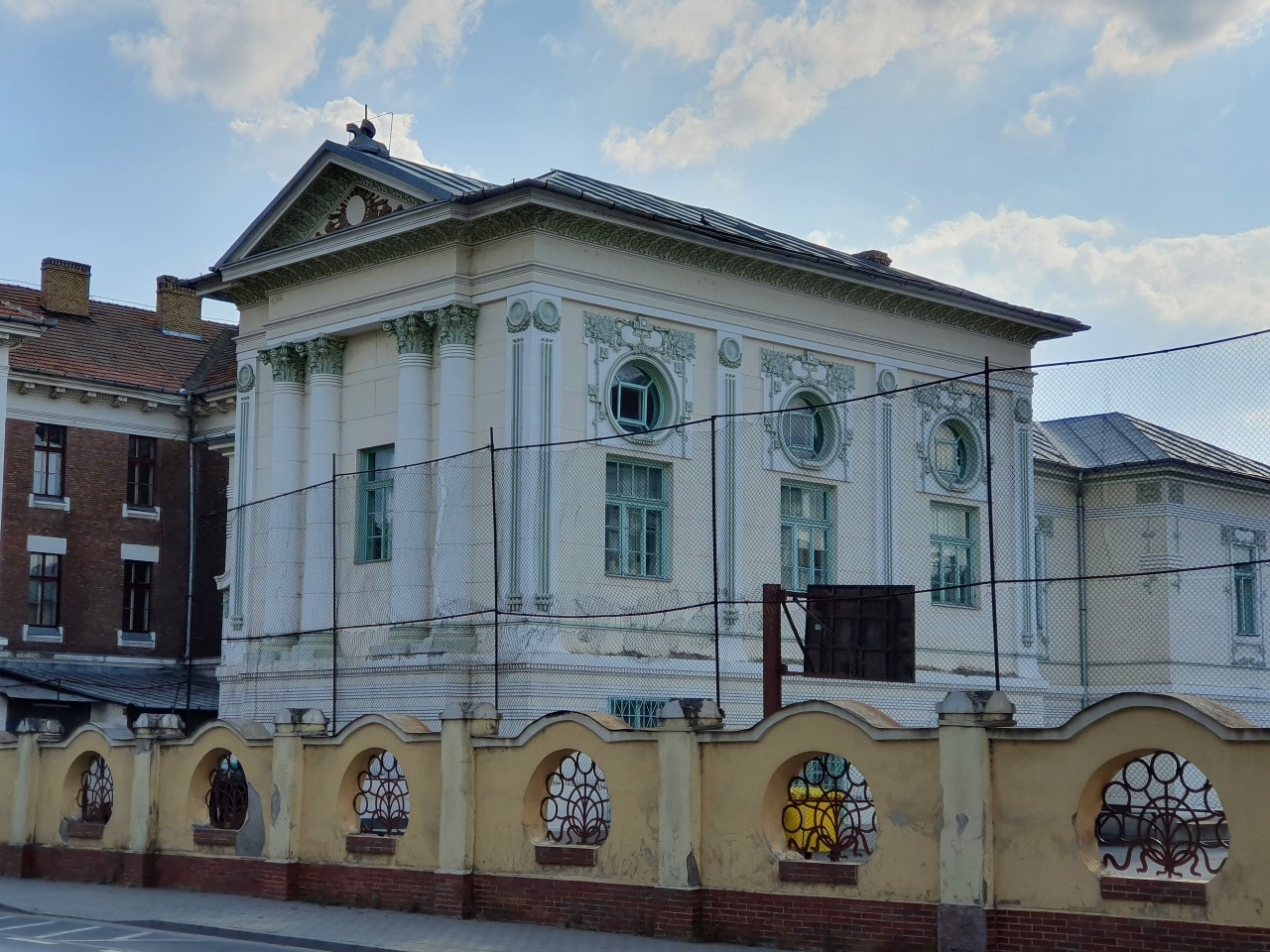
Arad used to be a Masonic city. Here is the Former Concordia Masonic Lodge, built in 1905.
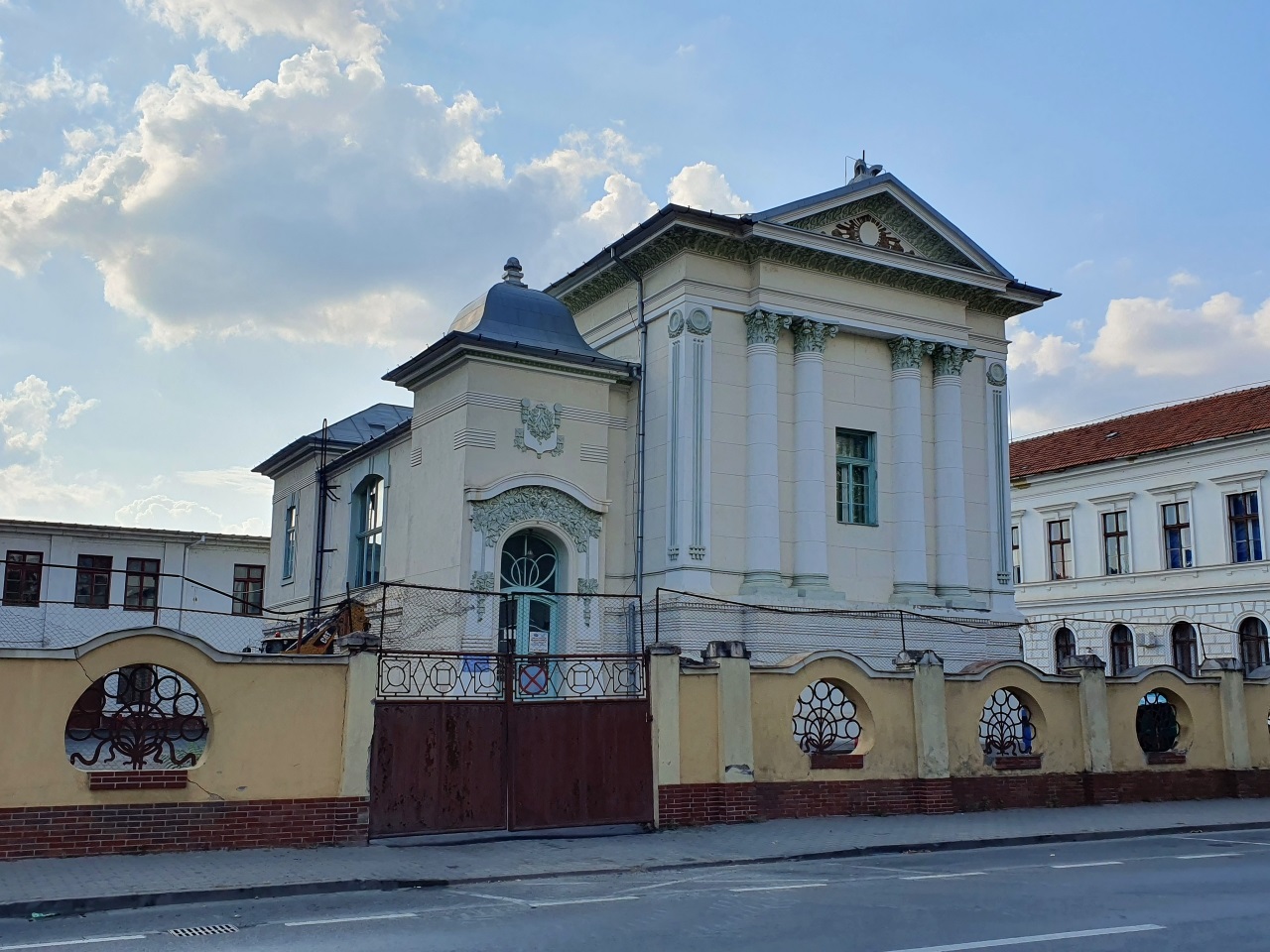
It’s a pity it isn’t used for tourism… Oradea does it brilliantly with synagogues and masonic temples… Money is money and they can help build other things. But enough about the entrepreneurial instincts of Romanians!
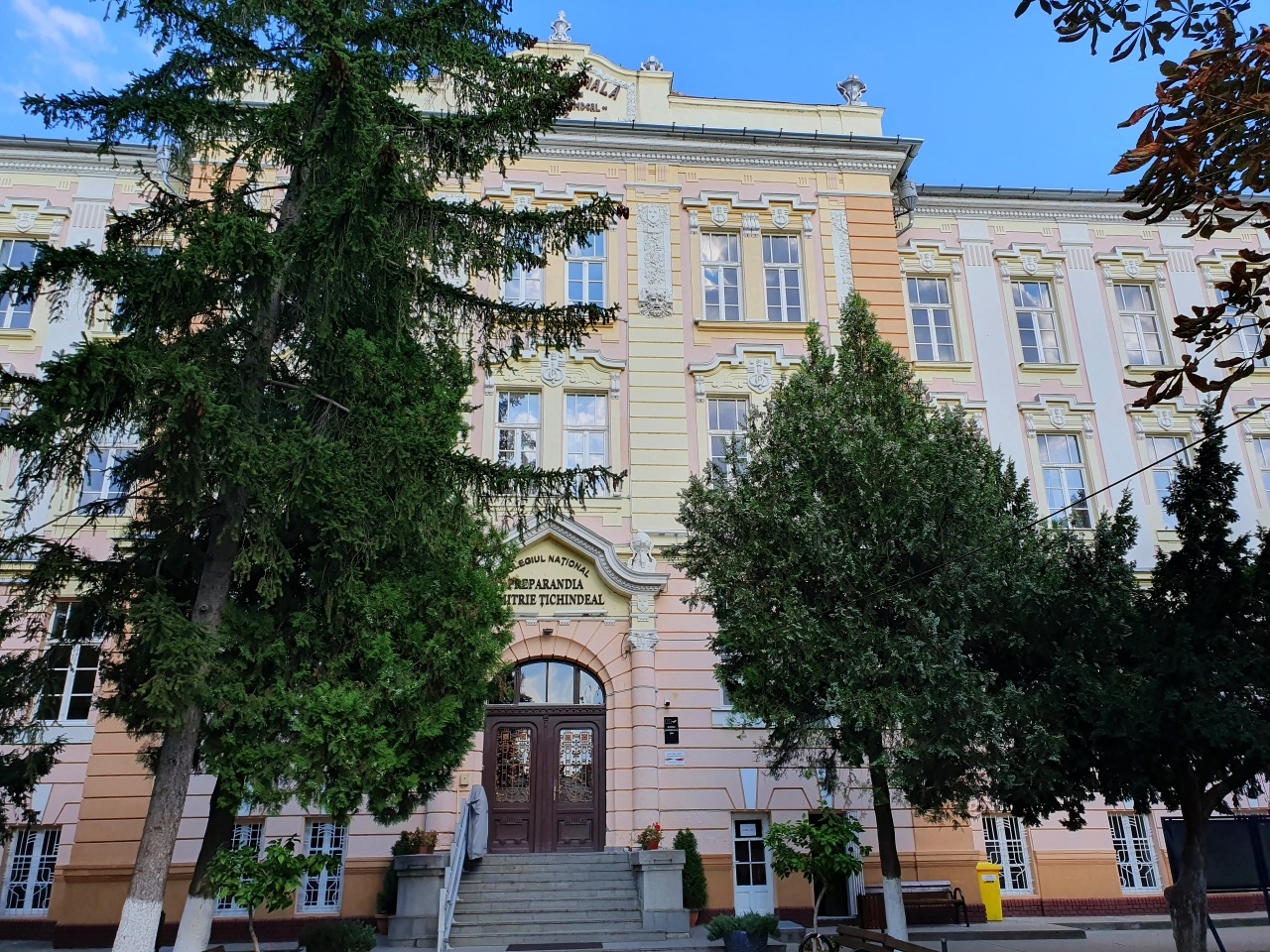
The Preparandia – Dimitrie Țichindeal National College (what a name!), former Hungarian Royal Teacher Training Institute, built somewhere before 1900.

And here we are in front of the former Red Ox Inn (Bou’ Rosu), built in the first half of the 19th century for the traders who came to the town, next to the ox market. It still functions today.
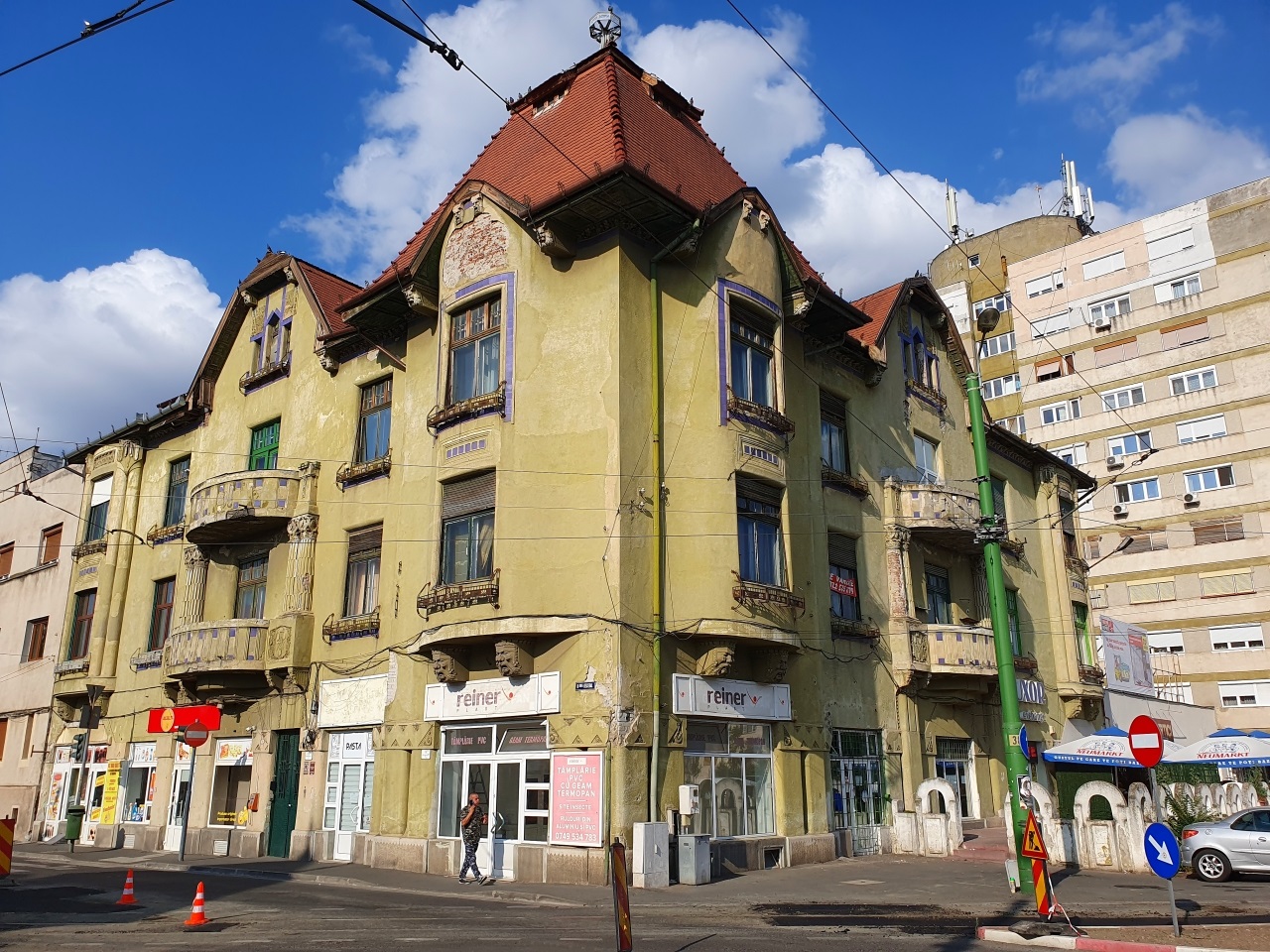
Opposite it’s the Iosif Steiner Palace, with obvious masonic symbols on its façade, completely ruined. I was particularly attracted by this palace which still stands surrounded by communist buildings, as you can see in the background.

Have a look at this building! Nothing special. It was meant to be so. Because inside you can see the image below.

The Neolog Synagogue of Arad is hidden. Built in 1828 in neoclassical style, it is apparently still in use today.

Across the street is the House with the iron padlock (Casa cu lacăt), in an advanced state of ruin, built in 1815.
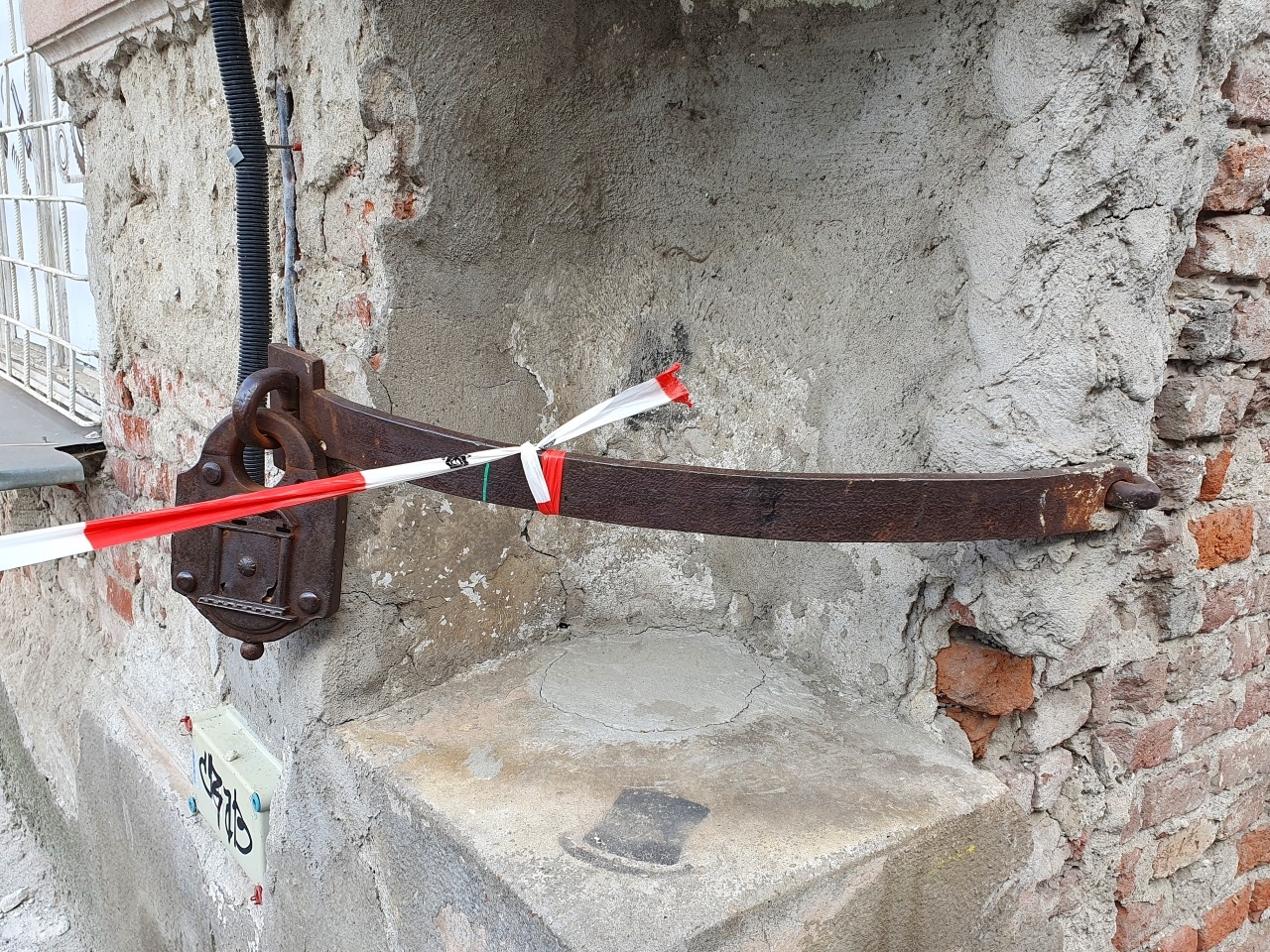
Here is where the symbol of the Arad guilds, the Ironed Stump, used to be. Now the place is empty. Apprentices from the guild centers of Europe came to Arad to specialize, and as a sign that they had been here, they hammered different shaped rivets into the stump. The stump is now in the Museum of Fine Arts and almost nobody knows the story…

If you are a landlord and you have little money, you are rehabilitating only the ground floor of your building and you let the upper levels in ruin and possibly falling on you. Great! Brilliant!

Another catastrophe, the House of Letters (Casa Literelor).

Well, I’m going to let it as it is… This is the Old Theatre or the Hirschl Theatre… or what’s left of it… Built in 1817 in the Baroque style, the building was later used as a prop store, then it was a cinema. Then it was abandoned.

Do you get the vibe?! The Avram Iancu square is just around the corner, the Old Theatre actually being part of that square. What a joy! I bet the tourists are delighted! But I would use this for horror movies, if you ask me… It’s perfect!

Kuca Milan Tabaković Museum, built in 1895. Used to be the familial house of the Serbian architect. Nobody knows who is Tabaković nowadays… or what he did…
Arad – East

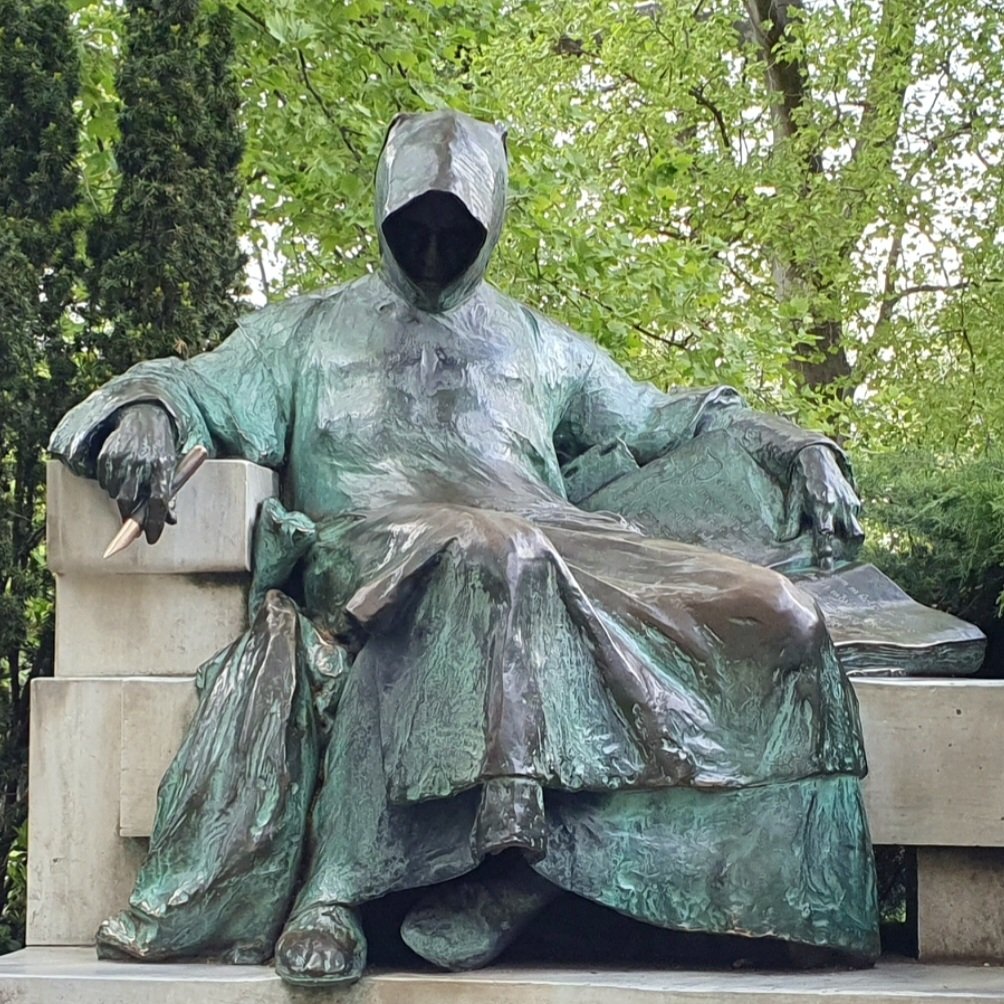

@cezar Great photos. The ivy house looks cool, nature reclaiming the land. It probably provides an ecosystem for loads of insects and birds.
I spent my childhood in a ivy-covered house. It’s cooler and greener, but you also get the visit of mosquitoes and spiders more often if you don’t have a net. And occasionally the visit of a mouse or a cat climbing on the vines sometimes up to the roof but more often up to your window. A cat meowing in the middle of the night in your room, or a mouse jumping on your bed, is something to be avoided. Yes, I have great memories… 🙂
It reminds me of my great-grandparents house. Very old, very pretty and enveloped by the surrounding nature, but there was a lot of “wildlife” that made it’s home inside.
🙂